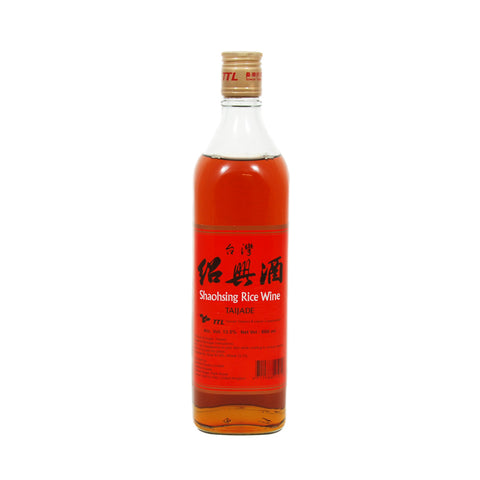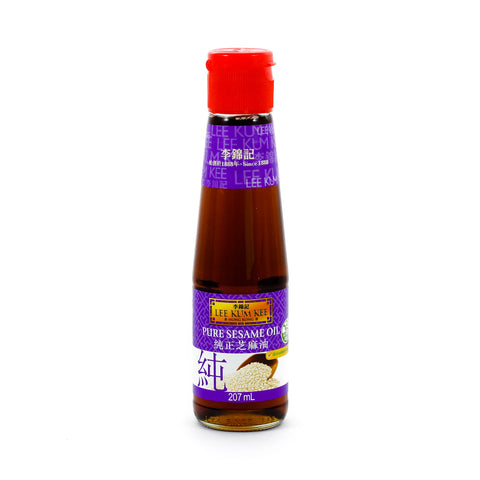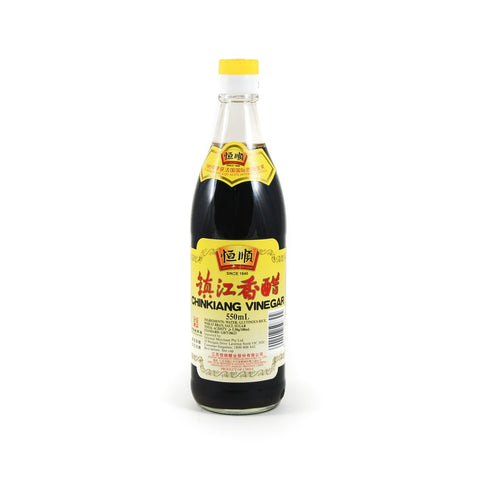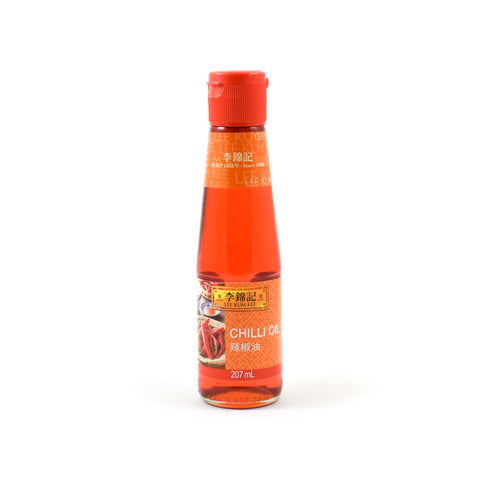9 Key Ingredients In Chinese Cooking, With Chef Ching-He Huang

Understand the key ingredients and flavours of classic Chinese recipes, with Ching-He Huang’s 9 essential Chinese store cupboard products.
Born in Taipei in Taiwan, Ching has become a global ambassador of Chinese cooking and for Lee Kum Kee cooking sauces. She regularly appears on TV in the UK and America. Ching’s philosophy is to use fresh, ethically sourced ingredients to create modern dishes that fuse Chinese tradition with innovative ideas. She has written 9 cookbooks including Chinese Food Made Easy, and Stir Crazy. Her latest book Wok On is out now (£20, Kyle Books). Visit Chinghehuang.com or @chinghehuang to see more of her food and recipes.
9 Chinese ingredients, and how to use them
1. Light soy sauce
Light soy sauce is great for seasoning. And compared to dark soy sauce, which is used for colour, it has a wonderful rounded, umami flavour. There’s still lots of variation, and some light soy sauces are still quite salty and richer, while others are thinner. A light coloured soy sauce isn’t necessarily a bad thing - it just reflects the depth of the fermenting process.
Plus you can use tamari which is gluten free soy sauce and has a gentler flavour – so a good alternative.
How to use soy sauce
Use soy sauce to season stir fries, and make salad dressings. Or use it to decorate steamed fish when serving, without taking away the natural sweetness of the fish. Soy sauce adds much more than salt. It’s another level of umami, and gives dishes a nice beany, roundedness.
Read more: What’s the difference between Chinese and Japanese soy sauce?
Soy sauce or salt?
I tend to use soy sauce in place of salt, but most Chinese and Aisan dishes use both salt and soy sauce. It’s a personal preference, not a rule.
I love flaked salt, but it often doesn’t dissolve evenly throughout your dish. Especially when you are cooking on a high heat, like a stir fry. So if you want to use salt, use it at the beginning of the dish and add it to oil, so it dissolves and makes a salty oil. Then add your aromatics like chilli and garlic. Soy sauce, however, will dissipate evenly.
2. Dark soy sauce
Dark soy sauce is darker, but not saltier. It’s great for adding rich brown colour to marinades, stews and sauces. I love Lee Kum Kee’s Premium dark soy sauce – it has a great deep, dark colour almost like Chinese ink.
MORE: Use dark soy sauce in Ching’s recipe for Braised Hong Sao Pork.
3. Chilli Bean Sauce
This are one of the most important flavours in Chinese cooking, along with soy sauce and vinegars. When I started out, about 17 years ago, I couldn’t find good chilli bean paste anywhere! But Lee Kum Kee chilli bean sauce is delicious, and essential for making classic Taiwanese beef noodle soup.
There’s also yellow bean sauce, which I love. It’s simply the humble soy bean, which is fermented and used to create an incredible tasting sauce that goes on everything. Lee Kum Kee does a soy bean sauce, which is essentially the same thing.
Many cuisines have a version of soy bean sauce – miso in Japan, or Korean Doenjang. Then you add chilli and it becomes chilli bean sauce. Just like Korean gochujang.
4. Oyster sauce
Lee Kum Kee invented oyster sauce, and theirs is the most superior I’ve tried – they use fresh oysters. It’s really concentrated, and a beautiful thing. Oyster sauce has a lovely umami, rounded seafood flavour, and it’s not too fishy.
5. Shaoxing rice wine
This is a must. It’s bitter, slightly sweet – and it draws out the sweetness of food like fish and chicken. I put it in everything. The alcohol cooks out, so it’s fine for cooking for children too. You just need a tablespoon of it, it’s magic.
And I’m quite proud that I’ve introduced people to Shaoxing rice wine over the years. I was on the Strand in London the other day, and saw a bottle of TTL Shaoxing rice wine in the supermarket, which is incredible really! The TTL bottle is aged for three to five years and has a deep amber colour. You can often taste the alcohol in other types that haven’t been aged for so long, but this one is rounded and sweet.
6. White rice wine, mijiu
This rice wine is clear, and has a much stronger alcohol flavour. You used it in braised stewed dishes, and in meat marinades as it breaks down pork well.
We use white rice wine to get rid of a flavour called xing wei. That’s the flavour of rawness, and the uncooked meaty flavour we don’t like. Rice wine brings out the sweetness of meat and takes away the xing wei.
Removing xing wei is also why we blanch a lot of pork dishes before cooking, or poach chicken. And why for instance we pass food through oil quickly – to seal the moisture and also to get rid of xing wei. You want to create a clean flavour, and get rid of all the impurities before you cook.
7. Sesame Oil
In Asia we use both raw sesame oil and toasted sesame oil. We use sesame oil to finish dishes, in dressings, or to enhance aroma and flavour of a nice steamed fish. Raw sesame oil is much stronger in flavour and doesn’t cook out as quickly as toasted oil. So if you’re doing a braised sesame chicken you use the pure oil, it’s also great for ginger sesame chicken.
8. Chinkiang black rice vinegar
This is a really important Chinese ingredient. Chinkiang black rice vinegar has the most flavour. It’s not as sharp as rice vinegar, and it’s not as sweet as seasoned rice vinegar which is used for sushi. It’s also not nearly as sharp as cider vinegar. It has a much more earthy tang.
Chinkiang black rice vinegar is from the Shanghai region, and is very important for making sweet and sour dishes. This traditional sweet and sour isn’t bright orange, it’s black and almost tar-like. Shanghai sweet and sour fish is made with sugar for sweetness and black rice vinegar for the sourness. I also use it as a dipping vinegar, and it’s very popular with soup dumplings, along with ginger matchsticks.
How to use black rice vinegar
I use black rice vinegar mainly in Sichuan-style dishes, with signature hot and sour flavours. You need Sichuan peppercorns and chilli for the heat, and the sour comes from Chinkiang black rice vinegar. Whenever I make a Sichuan dish, even a simple Kung Po tofu recipe, I add a little splash of black rice vinegar. It also holds up well in stir fries, without masking flavours. So you don’t just taste vinegar.
9. Chilli sauce and chilli oil
You have to have a good chilli sauce in your cupboard. But really it’s so easy to make your own. Just buy a big bag of giant chillies and dry toast them, then add oil and let it sit. The longer it sits the better it is. You can add a little salt if you want, too.
You can also buy Chiu Chow Chilli Oil. It's very spicy – you only need a little bit. But it’s brilliant if you’re making a Chinese hot pot, and you want that heat instantly. Just add Sichuan pepper and you’re there.
Browse the selection of Lee Kum Kee Chinese store cupboard ingredients here, or browse more Chinese recipes here.
SHOP THE ARTICLE:









